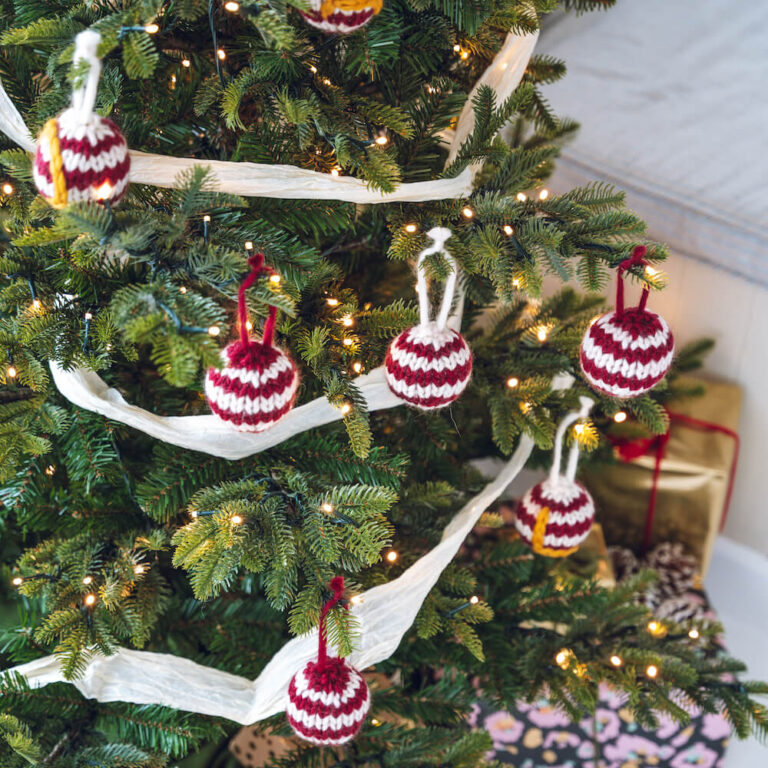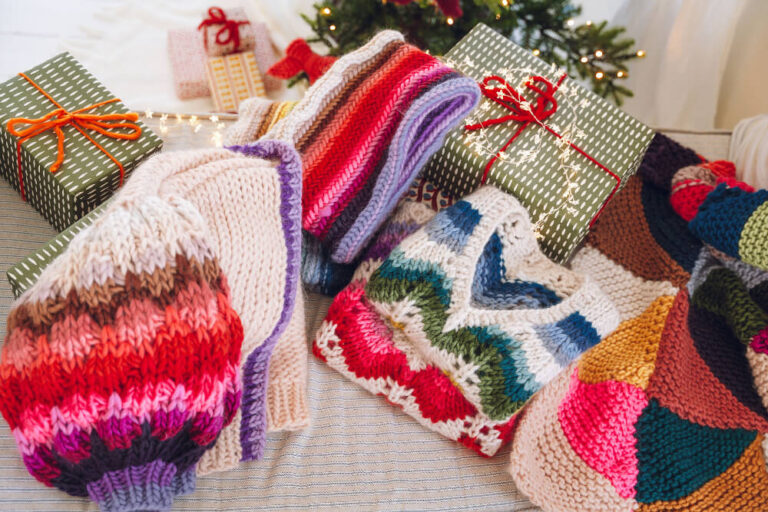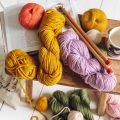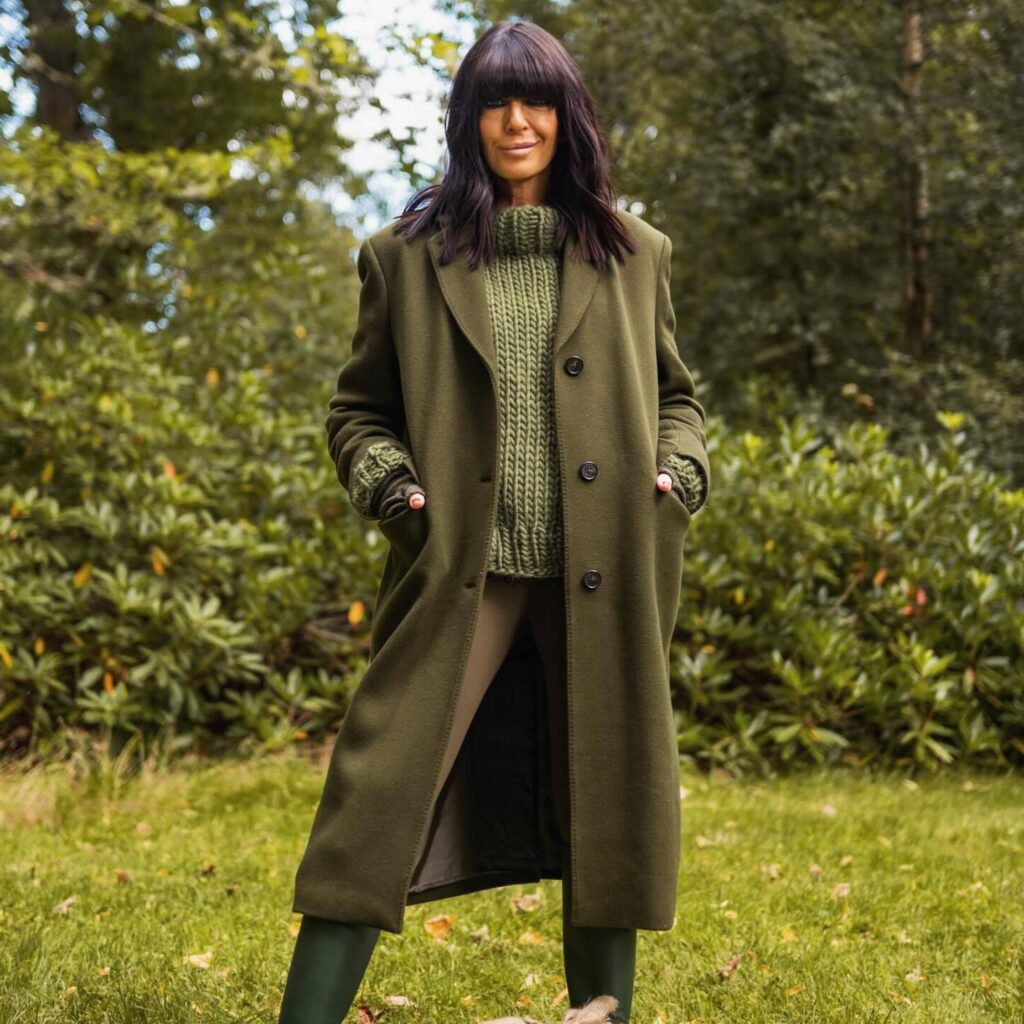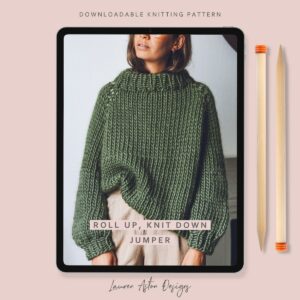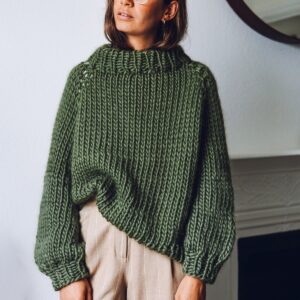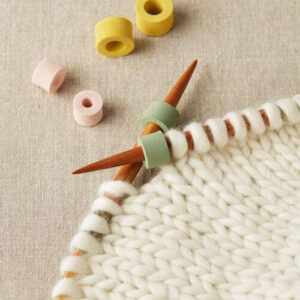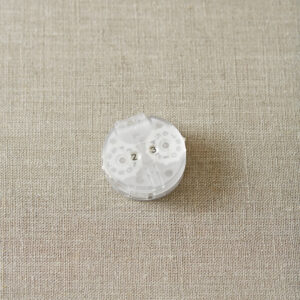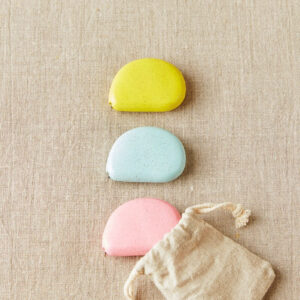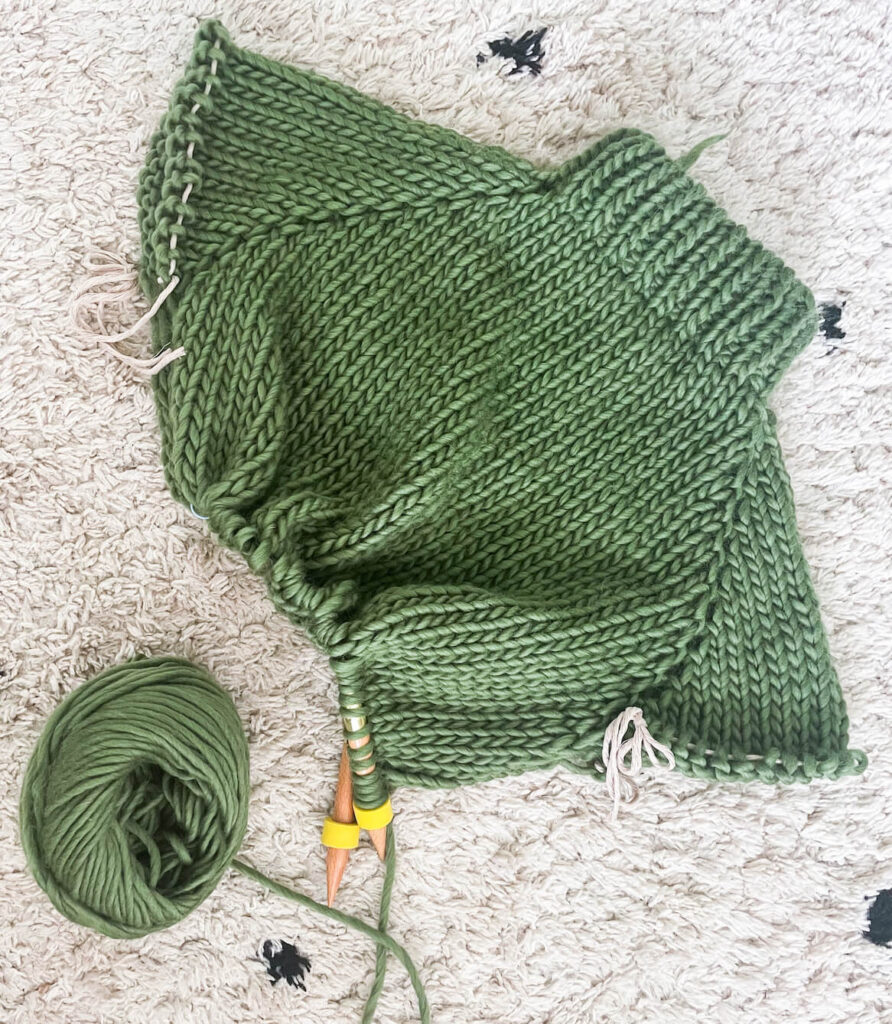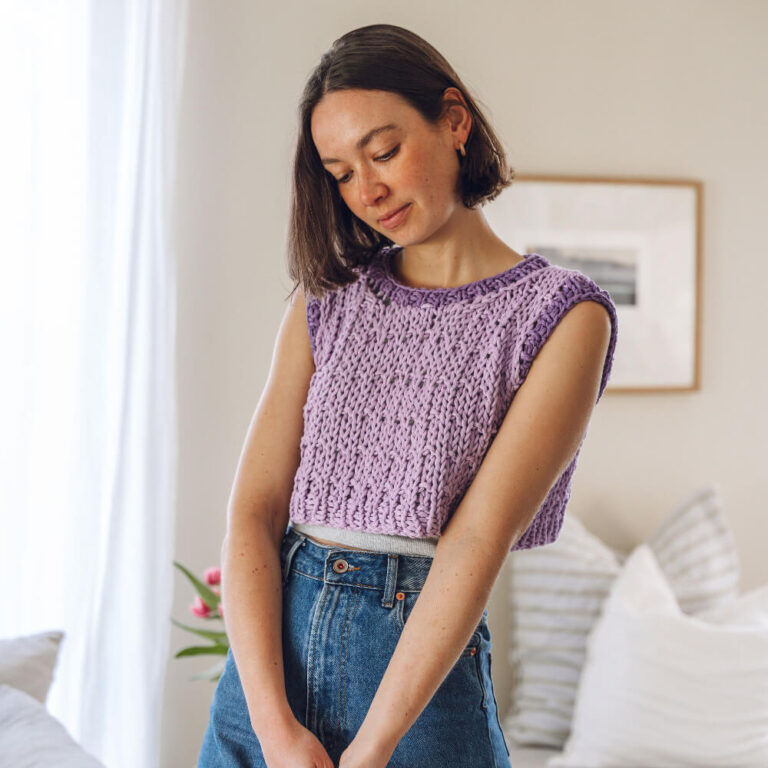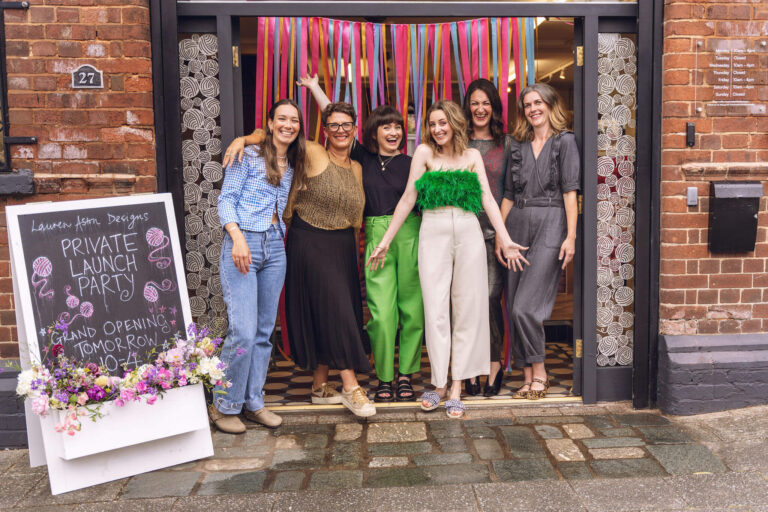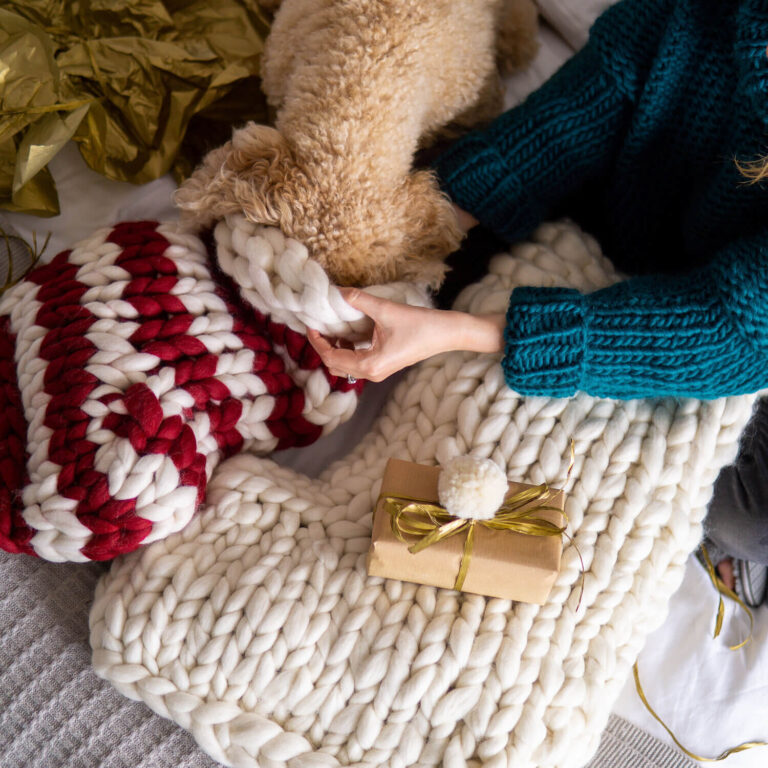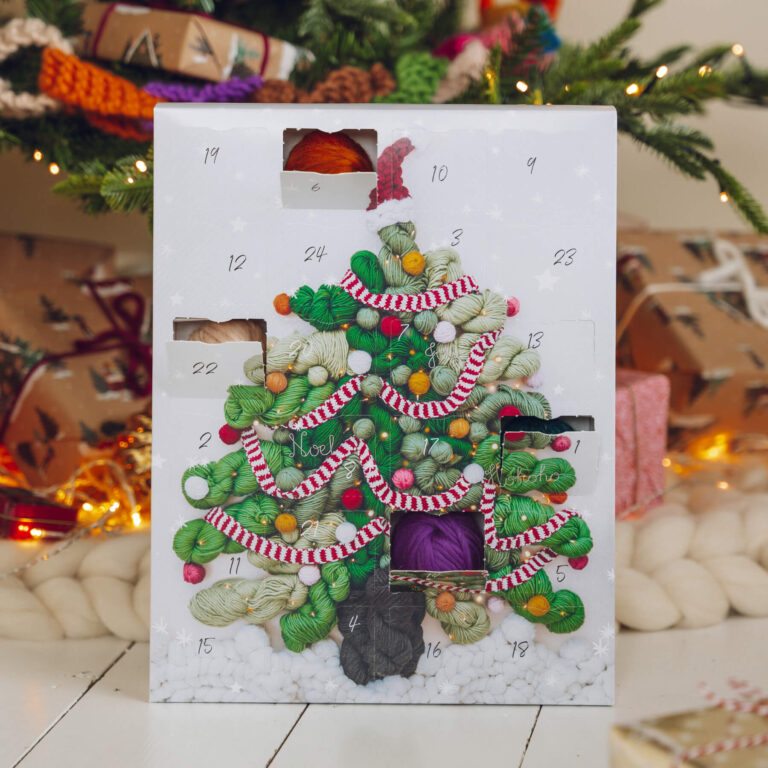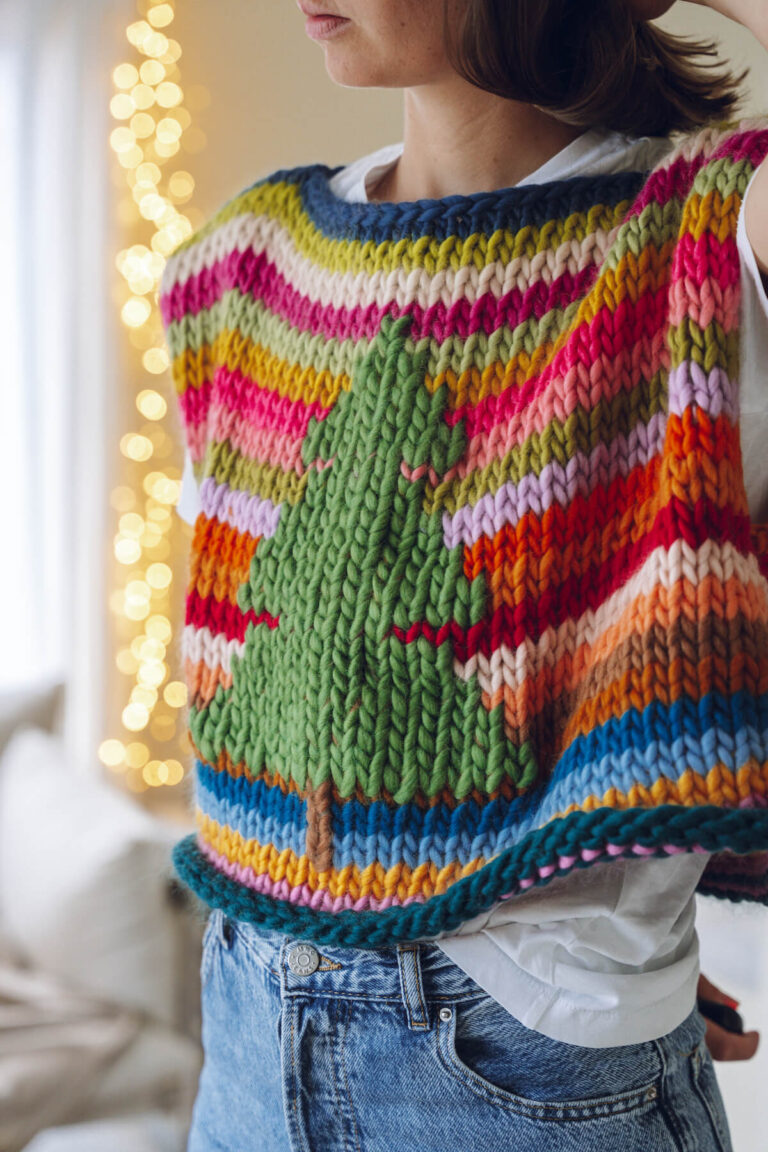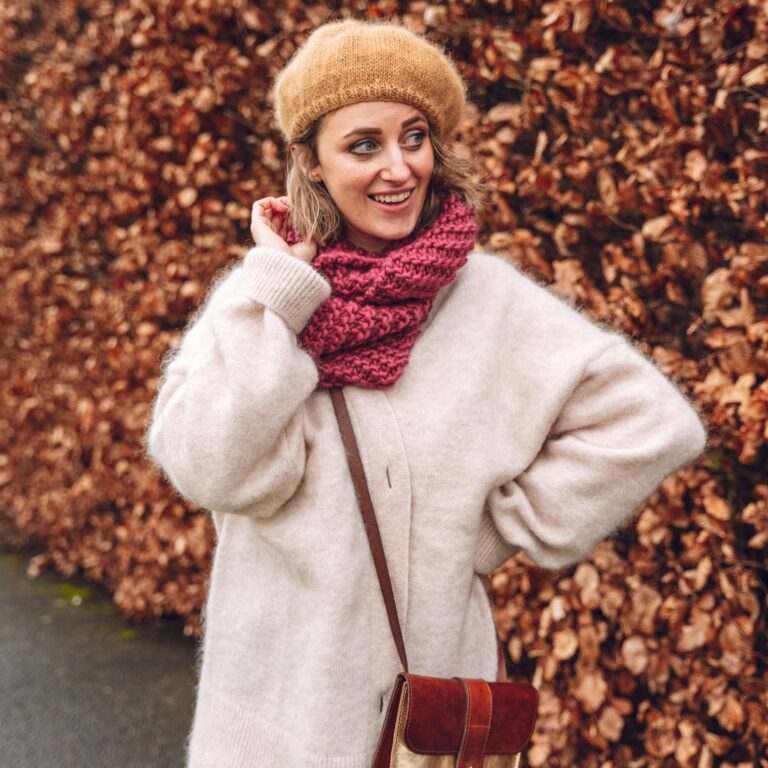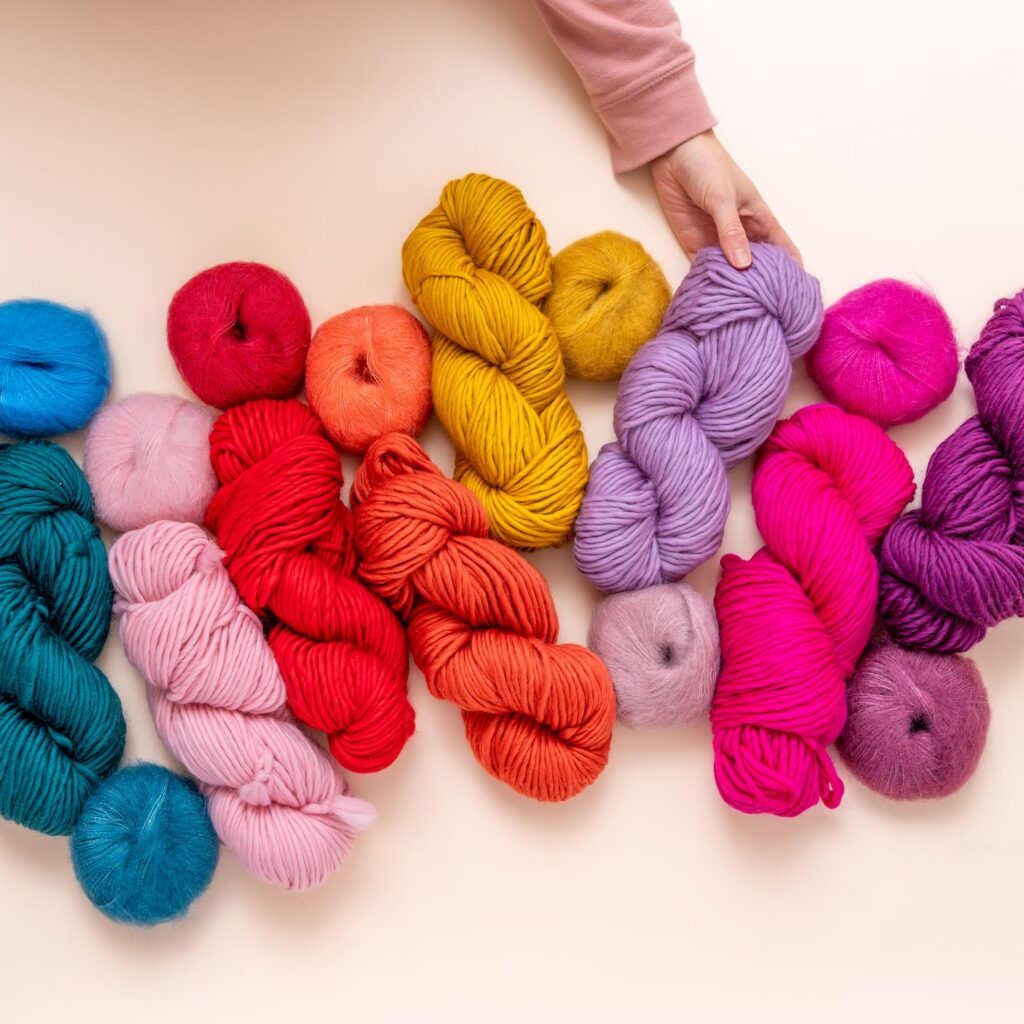- New in
- Yarn
Free UK shipping over £60
- Knit Kits
- Skill levelMake timeYarn Type
Free UK shipping over £60
- Needles & Tools
Free UK shipping over £60
- Patterns
- Skill levelMake timeYarn Type
Free UK shipping over £60
- Gifts
- Trending Gifts
Free UK shipping over £60
- Subscriptions
- Made by LAD
Free UK shipping over £60
- Inspo
- LAD KnitspirationLAD blog
Free UK shipping over £60
- Shop IRL
Visit our exeter knitting shop!
Shop our chunky knits for cosy tits IRL from our cosy colourful store in Exeter Quay, Devon.
Store hours27 Commercial Road, Exeter EX2 4AE
Free UK shipping over £60
- 🎄 Christmas 🎄
Free UK shipping over £60
- New in
- Yarn
Free UK shipping over £60
- Knit Kits
- Needles & Tools
- Patterns
- Subscription
- Made by LAD
- New in
- Yarn
Free UK shipping over £60
- Knit Kits
- Skill levelMake timeYarn Type
Free UK shipping over £60
- Needles & Tools
Free UK shipping over £60
- Patterns
- Skill levelMake timeYarn Type
Free UK shipping over £60
- Made by LAD
Free UK shipping over £60
- Subscriptions
- Inspo
- LAD KnitspirationLAD blog
Free UK shipping over £60
- Shop IRL
Visit our exeter knitting shop!
Shop our chunky knits for cosy tits IRL from our cosy colourful store in Exeter Quay, Devon.
Store hours27 Commercial Road, Exeter EX2 4AE
Free UK shipping over £60
- 🎄Christmas 🎄
Free UK shipping over £60
- Blog
- FAQs
- How to Knit
- Contact
- About
- New in
- Yarn
Free UK shipping over £60
- Knit Kits
- Skill levelMake timeYarn Type
Free UK shipping over £60
- Needles & Tools
Free UK shipping over £60
- Patterns
- Skill levelMake timeYarn Type
Free UK shipping over £60
- Made by LAD
Free UK shipping over £60
- Subscriptions
- Inspo
- LAD KnitspirationLAD blog
Free UK shipping over £60
- Shop IRL
Visit our exeter knitting shop!
Shop our chunky knits for cosy tits IRL from our cosy colourful store in Exeter Quay, Devon.
Store hours27 Commercial Road, Exeter EX2 4AE
Free UK shipping over £60
- 🎄Christmas 🎄
Free UK shipping over £60
- Blog
- FAQs
- How to Knit
- Contact
- About
Free UK shipping over £60
